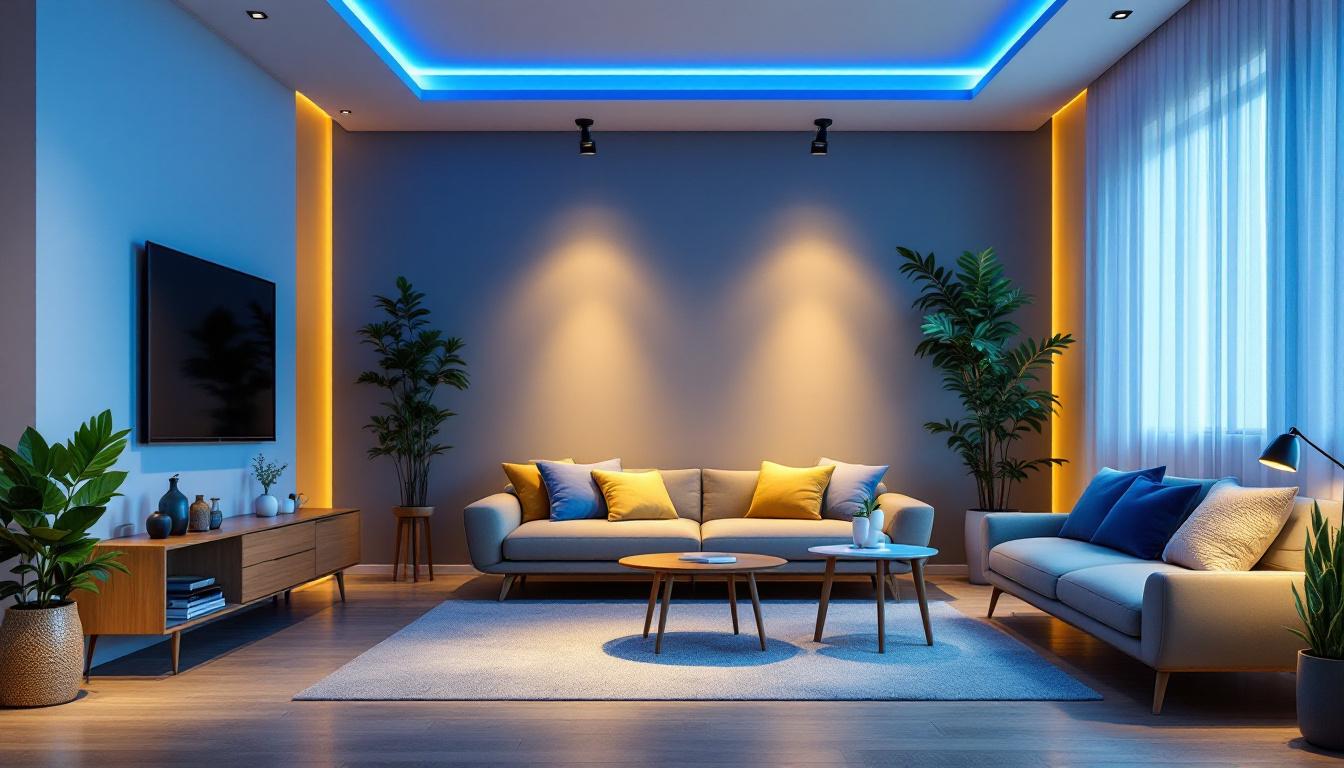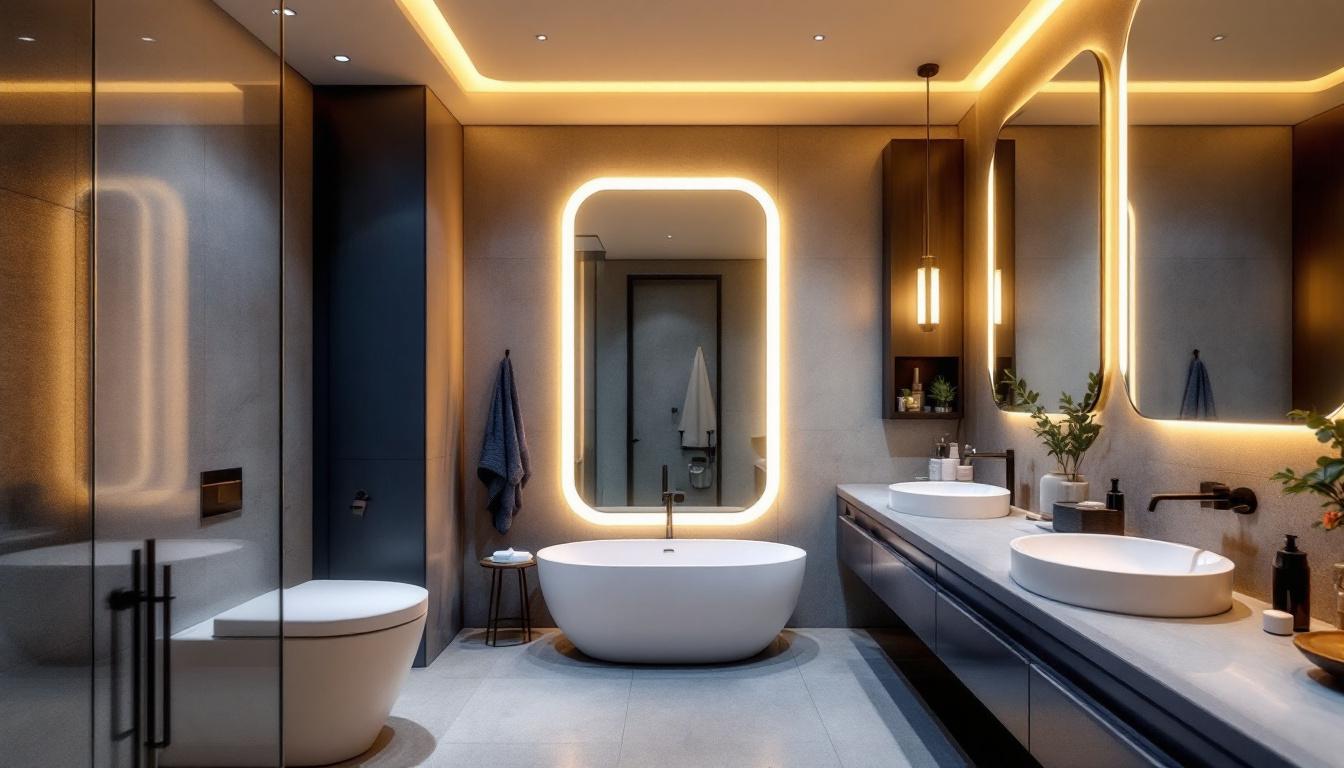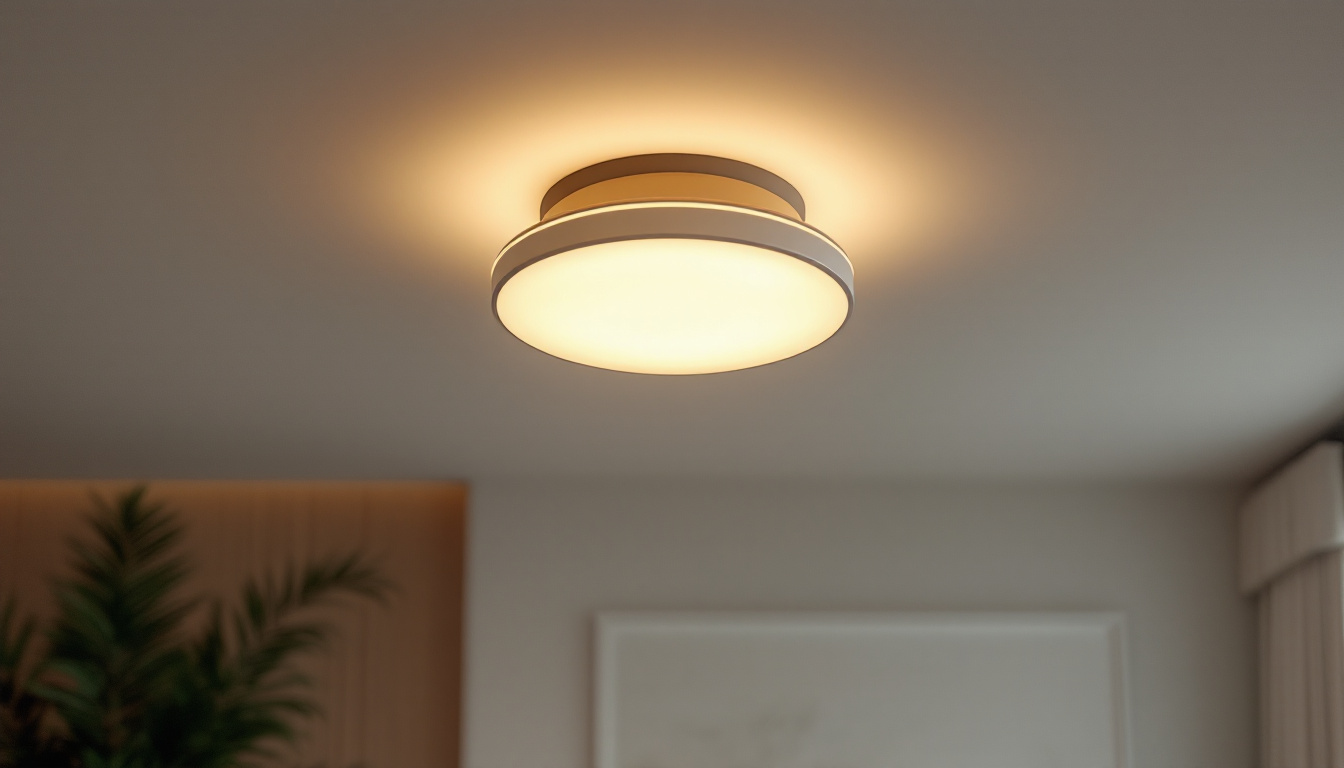
Outdoor LED yard lights have revolutionized the way residential and commercial landscapes are illuminated. Their energy efficiency, longevity, and versatility make them a preferred choice for lighting contractors aiming to deliver high-quality results. However, despite the widespread adoption of LED technology, several critical aspects remain frequently overlooked during installation and design phases, impacting both performance and client satisfaction.
Understanding these often-neglected elements is essential for lighting contractors who want to elevate their craft, reduce callbacks, and ensure optimal lighting solutions that meet client expectations and regulatory standards.
One of the most significant advantages of outdoor LED yard lighting is its adaptability to various environments and applications. From accentuating the architectural features of a home to providing safety and security in commercial spaces, LED lights can be tailored to fit any need. Moreover, advancements in smart lighting technology have enabled homeowners to control their outdoor lighting systems remotely, adjusting brightness levels and schedules through mobile applications. This level of control not only enhances convenience but also contributes to energy savings, as users can easily turn off lights that are not in use or adjust settings based on seasonal changes.
Another critical factor to consider in the design and installation of outdoor LED yard lighting is the importance of proper placement and spacing. The effectiveness of lighting can be significantly diminished if fixtures are not strategically positioned. For instance, illuminating pathways and entry points with adequate brightness can greatly enhance safety, while the thoughtful placement of uplights can create stunning visual effects on trees and shrubs. Additionally, understanding the color temperature of LED lights is crucial; warmer tones can create a welcoming ambiance, while cooler tones may be more suitable for task-oriented areas. By paying attention to these details, contractors can ensure that their lighting designs not only meet functional requirements but also enhance the overall aesthetic appeal of the outdoor space.
Many contractors focus primarily on the wattage reduction when switching from traditional lighting to LEDs, but this is only part of the story. The true energy savings come from a combination of factors including lumens per watt (efficacy), fixture design, and control systems. For example, an LED fixture with a high lumen output but poor optical design may result in wasted light and energy, reducing overall efficiency.
Moreover, integrating smart controls such as motion sensors and dimmers can drastically reduce energy consumption during off-peak hours. These systems, when properly calibrated, ensure that lights operate only when necessary, extending the lifespan of fixtures and lowering utility bills. In commercial settings, this can translate to significant savings, especially in large spaces like warehouses or office buildings where lighting is often left on unnecessarily. The ability to program lighting schedules based on occupancy patterns not only optimizes energy use but also enhances the overall user experience by providing well-lit environments only when they are needed.
Lighting contractors often underestimate the importance of lifecycle cost analysis. While LEDs have a higher upfront cost compared to traditional lighting, their longevity and minimal maintenance requirements typically result in lower total cost of ownership. Failing to communicate this effectively to clients can lead to resistance on initial investment, which is a missed opportunity for both parties. Furthermore, the energy savings accrued over time can often offset the initial costs within a few years, making LEDs a financially sound choice in the long run.
Additionally, contractors should consider the costs associated with replacement parts, labor, and potential downtime. Selecting high-quality fixtures with robust warranties and designing for easy maintenance access can mitigate these issues. For instance, using modular designs allows for quick replacements of individual components without the need to replace entire fixtures, thus reducing labor costs and minimizing disruption to business operations. Furthermore, educating clients about the environmental benefits of LED lighting, such as reduced carbon footprints and compliance with sustainability regulations, can enhance the appeal of investing in energy-efficient solutions.
Color temperature, measured in Kelvins (K), plays a crucial role in the ambiance and functionality of outdoor spaces. Lighting contractors often default to cool white LEDs (5000K or above) for yard lighting due to their brightness and perceived modernity. However, this choice may not always be ideal.
Warmer color temperatures (2700K to 3000K) tend to create a more inviting and comfortable atmosphere, enhancing the natural beauty of landscaping and reducing glare. Cooler temperatures, while bright, can sometimes cause harsh shadows and disrupt nocturnal wildlife. For instance, a garden illuminated with warmer lights can highlight the rich greens of foliage and the vibrant colors of flowers, making the space more enjoyable for evening gatherings. Additionally, warmer lighting can help to create a seamless transition from daylight to evening, allowing for a more natural and soothing experience as the sun sets.
Moreover, the choice of color temperature can influence how outdoor spaces are used. Warmer lights are often favored in residential areas where families gather, as they promote relaxation and social interaction. In contrast, cooler lights might be more suitable for commercial settings, such as parking lots or security lighting, where visibility and safety are paramount. Ultimately, understanding the context and purpose of the outdoor space can guide the selection of the appropriate color temperature, ensuring that the lighting enhances both the aesthetic and functional aspects of the environment.
Another frequently overlooked specification is the Color Rendering Index (CRI). A high CRI (above 80) ensures that colors appear natural and vibrant under artificial light. This is particularly important in residential settings where the accurate perception of plants, flowers, and architectural features is desired.
Low CRI lighting can distort colors, making spaces feel less appealing and potentially impacting safety by reducing visual clarity. Lighting contractors should prioritize fixtures with high CRI values to enhance both aesthetics and functionality. For example, in a garden or outdoor dining area, a high CRI can make the colors of the flowers and foliage pop, creating a visually stunning environment that invites people to linger. Additionally, in settings where food is served, such as patios or outdoor kitchens, a high CRI can enhance the appearance of dishes, making them look more appetizing and vibrant.
Furthermore, the importance of CRI extends beyond mere aesthetics; it can also affect mood and behavior. Research has shown that environments with accurate color rendering can positively influence people’s emotions and interactions. For instance, a well-lit outdoor space with high CRI lighting can foster a sense of safety and comfort, encouraging social gatherings and outdoor activities. Therefore, when planning outdoor lighting, it is essential to consider both color temperature and CRI to create spaces that are not only functional but also inviting and enjoyable for all who use them.
Effective yard lighting is not just about the fixtures themselves but also their placement and installation. Contractors often overlook the importance of site-specific analysis, which can lead to uneven illumination, shadows, or light pollution.
For example, mounting lights too high may cause glare and reduce the effectiveness of the lighting, while placing fixtures too close to plants can cause heat damage or create unwanted shadows. Conducting a thorough site survey and using photometric planning tools can help optimize fixture placement for uniform coverage and visual comfort.
Outdoor lighting installations must comply with local regulations concerning light trespass, glare, and energy consumption. Contractors sometimes neglect these requirements, risking fines or the need for costly rework.
Additionally, environmental considerations such as minimizing impact on nocturnal wildlife and reducing skyglow are gaining prominence. Using shielded fixtures, selecting appropriate color temperatures, and implementing timers or sensors can address these concerns effectively.
LED yard lights are exposed to a variety of weather conditions including rain, snow, heat, and humidity. Despite this, some contractors select fixtures without adequate ingress protection (IP) ratings or fail to consider corrosion-resistant materials.
Fixtures rated at least IP65 are generally recommended for outdoor use, ensuring protection against dust and water jets. Additionally, materials such as die-cast aluminum with powder coating provide enhanced durability and resistance to rust and fading.
Even the most durable fixtures require periodic maintenance to sustain performance. Lighting contractors should educate clients on cleaning schedules, lens inspections, and electrical checks. Designing the installation with easy access to fixtures can significantly reduce maintenance costs and downtime.
The rise of smart home technologies presents new opportunities and challenges for lighting contractors. Integrating outdoor LED yard lights with home automation systems allows for remote control, scheduling, and energy monitoring.
Contractors should stay informed about compatible protocols such as Zigbee, Z-Wave, and Wi-Fi to recommend systems that offer seamless integration and scalability. Future-proofing installations in this way adds value and convenience for clients.
LED technology continues to evolve, with improvements in efficiency, color quality, and fixture design. Emerging options like tunable white LEDs enable dynamic adjustment of color temperature to suit different times of day or activities.
Contractors who keep abreast of these advancements can offer cutting-edge solutions that enhance user experience and differentiate their services in a competitive market.
Outdoor LED yard lighting offers tremendous benefits, but maximizing these requires careful attention to factors that are often overlooked by lighting contractors. From energy efficiency and light quality to installation techniques and future-proofing, each aspect plays a vital role in delivering superior lighting solutions.
By adopting a holistic approach that considers both technical specifications and client needs, contractors can improve project outcomes, reduce maintenance issues, and foster long-term customer satisfaction. Embracing these best practices will position lighting professionals as trusted experts in the evolving landscape of outdoor illumination.
Ready to enhance your outdoor LED yard lighting projects with the best products on the market? Look no further than LumenWholesale, where we provide contractors with high-quality, specification-grade lighting solutions at unbeatable wholesale prices. Say goodbye to local distributor markups and hello to our extensive selection that meets the highest industry standards. With free shipping on bulk orders, you can trust that you’re getting premium lighting at the best value — all without hidden fees or compromises. Elevate your lighting installations today and experience the LumenWholesale difference. Wholesale Lighting at the Best Value.

Discover how recessed lighting LED conversion can future-proof your projects, boost energy efficiency by up to 75%, and save costs.

Discover the latest trends in outdoor lighting that every contractor should know.

Discover the transformative potential of recessed lighting in bathrooms, exploring cutting-edge design trends and installation techniques that promise to redefine your space with elegance and efficiency..

Discover the key factors that distinguish top lighting contractors when it comes to installing flush mounted ceiling lights.